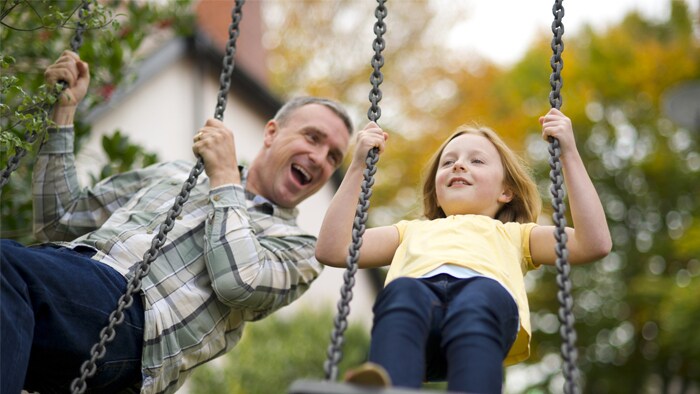Do you miss dreaming? Sleep apnea may be the culprit
Flying through the air, losing your teeth, showing up naked to a party … Maybe those aren’t your favorite dreams, but if you suffer from sleep apnea, you may dream less than the rest of us. Joao Molinari, Jr., 37, of Curitiba, Brazil, was having trouble getting a restful night’s sleep and remembering his dreams. He took part in a sleep study and was diagnosed with sleep apnea, which was affecting his ability to dream. “My sleep apnea diagnosis showed that only 9 percent of my sleep was the type of profound restful sleep you get in REM (rapid eye movement) sleep, where you dream,” Molinari said. “I hardly dreamt or remembered to have dreamt the night before.” A study in the Journal of Clinical Sleep Medicine found that in a test group of 393 people, more than 70 percent who did not have sleep apnea were able to recall their dreams, but those with severe sleep apnea had a significantly lower incidence of dream recall. Because people with sleep apnea don’t enjoy a substantial amount of time in REM, they dream less. “There are three states of being: wakefulness, non-REM sleep and REM sleep,” said Dr. Lee Shangold, sleep medicine specialist at ENT & Allergy Associates in Port Jefferson, N.Y. Non-REM sleep is about 80 percent of sleep, and for most adults, REM sleep is about 20 percent. We can dream in the non-REM state, but the majority of our dreams are during REM. People with sleep apnea either never get into REM sleep or are woken by an obstructed airway and fall back into a lighter stage of sleep. “The normal response for anyone when they stop breathing is the brain wakes them up. So sleep apnea, especially when it’s severe, can fragment sleep significantly,” said Dr. Amy Blanchard, medical director of the Georgia Regents Sleep Disorders Center. “Every time you stop breathing, which in some people may be 60 to 80 times an hour, your brain wakes up. Every time your brain wakes up, it has to settle back down and you often won’t go back into dream sleep for a long period of time, if at all.” On the other hand, people with moderate sleep apnea may have more vivid and worse dreams—their REM sleep is disrupted by the feeling of being choked, leading to more negative, emotionally charged dreams. Because we incorporate what’s going on around us into our dreams, if the doorbell rings for example, we may incorporate that; likewise, if you’re choking or gasping, that feeling can show up in your dreams, explained Shangold. But once patients are treated for sleep apnea and their airway is opened with a CPAP device, for instance, they are better able to get into REM sleep and dream again. They may even experience a phenomenon called REM rebound—or the body’s reaction of staying in the REM stage longer than normal to “make up for” having been REM- or deep sleep-deprived. “Some patients in the lab will have prolonged periods of dream sleep—30 percent to 40 percent of the night. So I warn patients when they go home with CPAP that they may have a lot of dreams in the beginning, but that will taper off,” Blanchard said. “Most people are glad to have dreams again.” Molinari, for one, is back to dreaming and feeling much more normal after regularly using a CPAP device. “I resumed dreaming and remember them almost every night,” he said.


